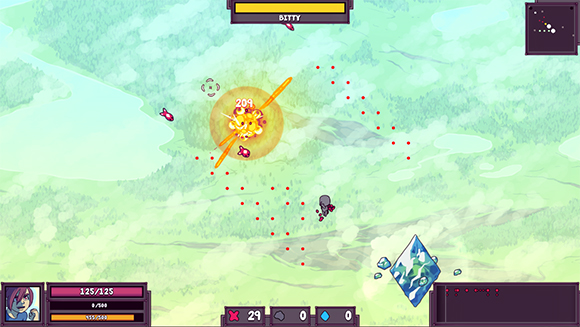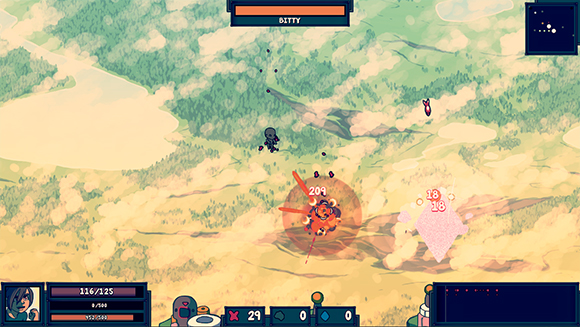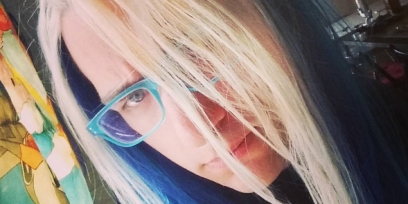Doodle Post
No Comments




// Apply the color grading
//pixel is input color, colorGrade is sampler2D of LUT.
vec4 gradedPixel = sampleAs3DTexture(colorGrade, pixel.rgb, 16);
gradedPixel.a = pixel.a;
pixel = gradedPixel;
vec4 sampleAs3DTexture(sampler2D texture, vec3 uv, float width) {
float sliceSize = 1.0 / width; // space of 1 slice
float slicePixelSize = sliceSize / width; // space of 1 pixel
float sliceInnerSize = slicePixelSize * (width - 1.0); // space of width pixels
float zSlice0 = min(floor(uv.z * width), width - 1.0);
float zSlice1 = min(zSlice0 + 1.0, width - 1.0);
float xOffset = slicePixelSize * 0.5 + uv.x * sliceInnerSize;
float s0 = xOffset + (zSlice0 * sliceSize);
float s1 = xOffset + (zSlice1 * sliceSize);
vec4 slice0Color = texture2D(texture, vec2(s0, uv.y));
vec4 slice1Color = texture2D(texture, vec2(s1, uv.y));
float zOffset = mod(uv.z * width, 1.0);
vec4 result = mix(slice0Color, slice1Color, zOffset);
return result;
}
